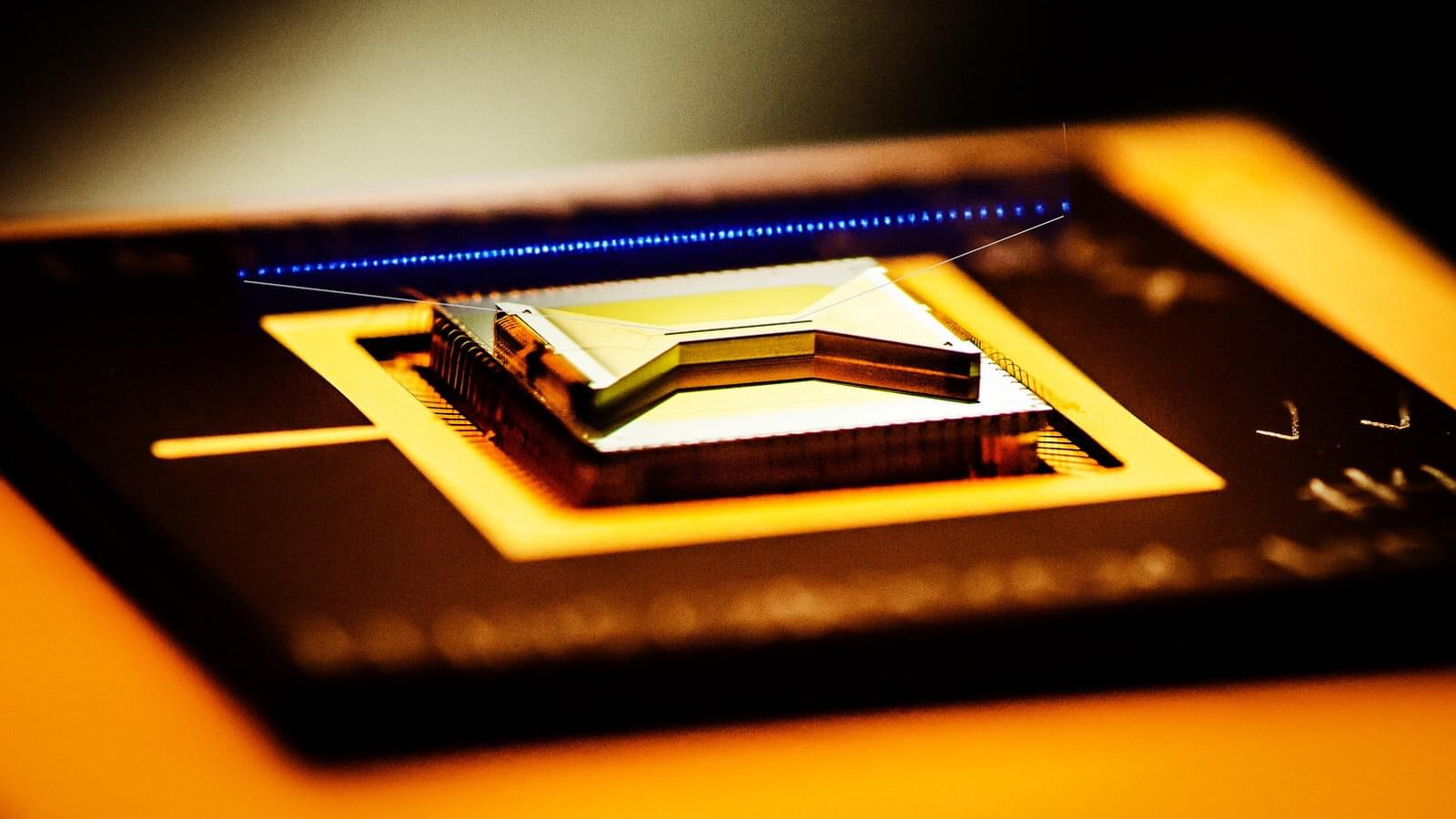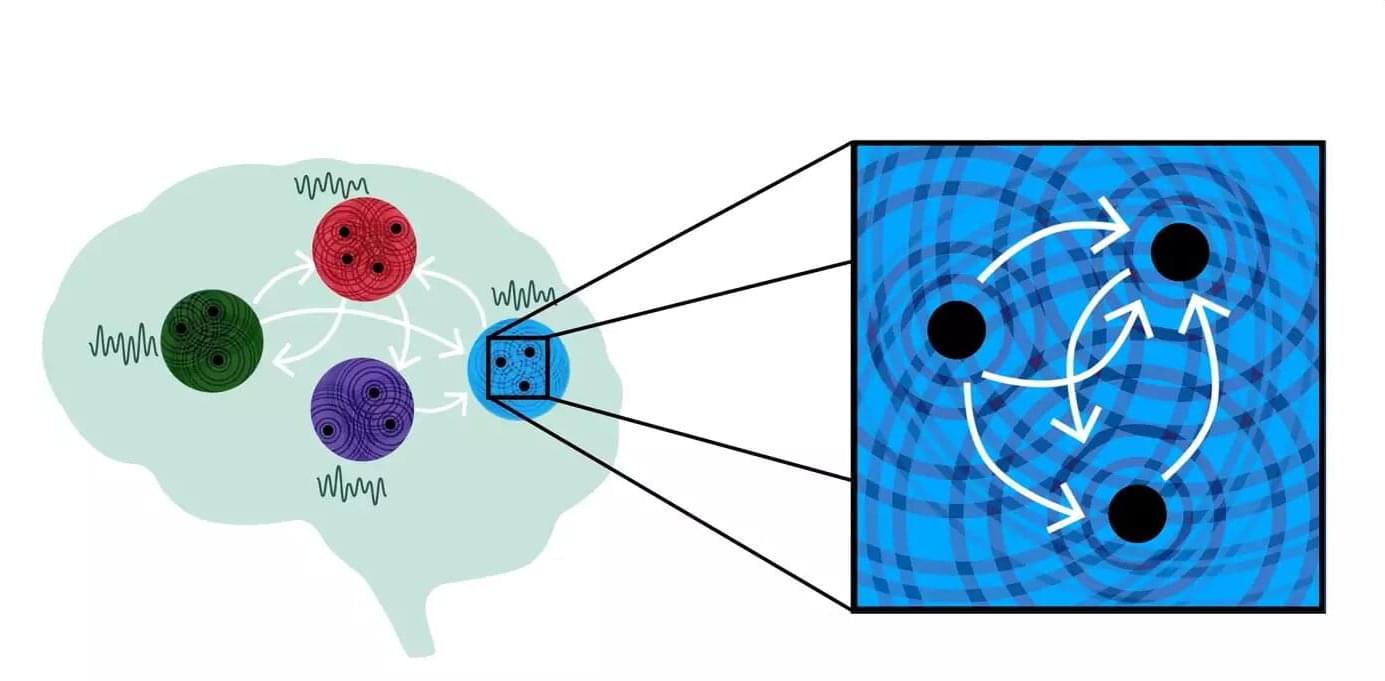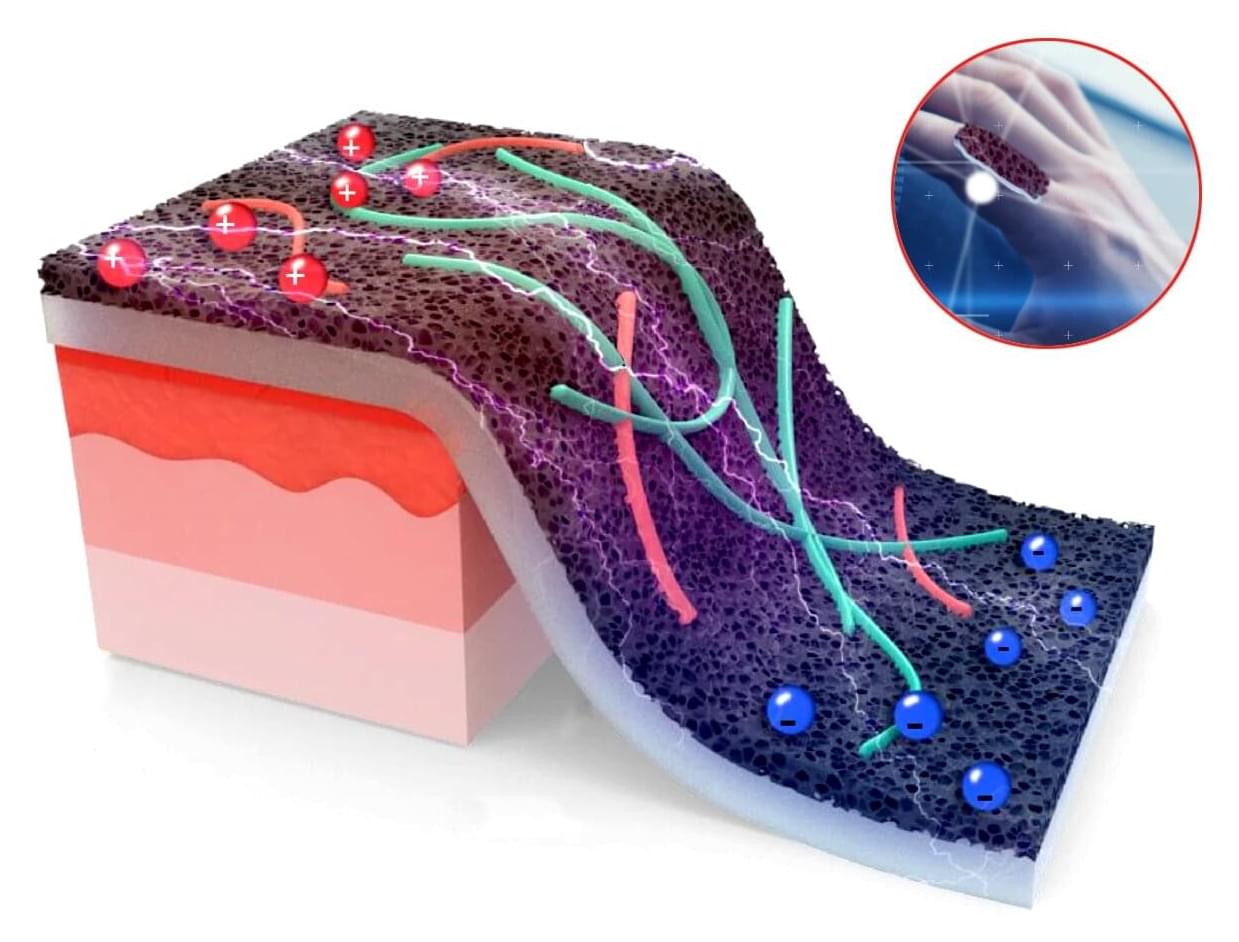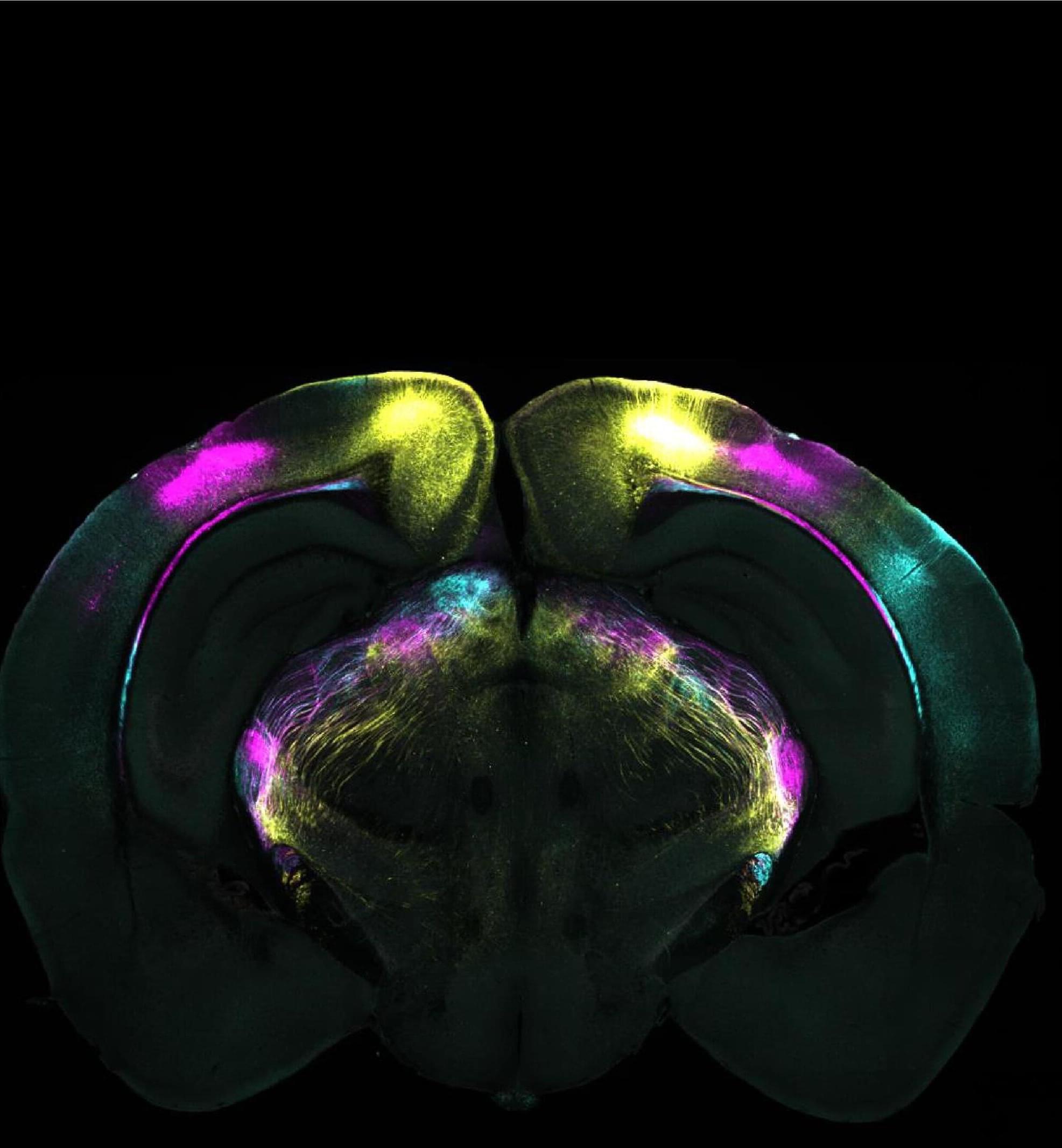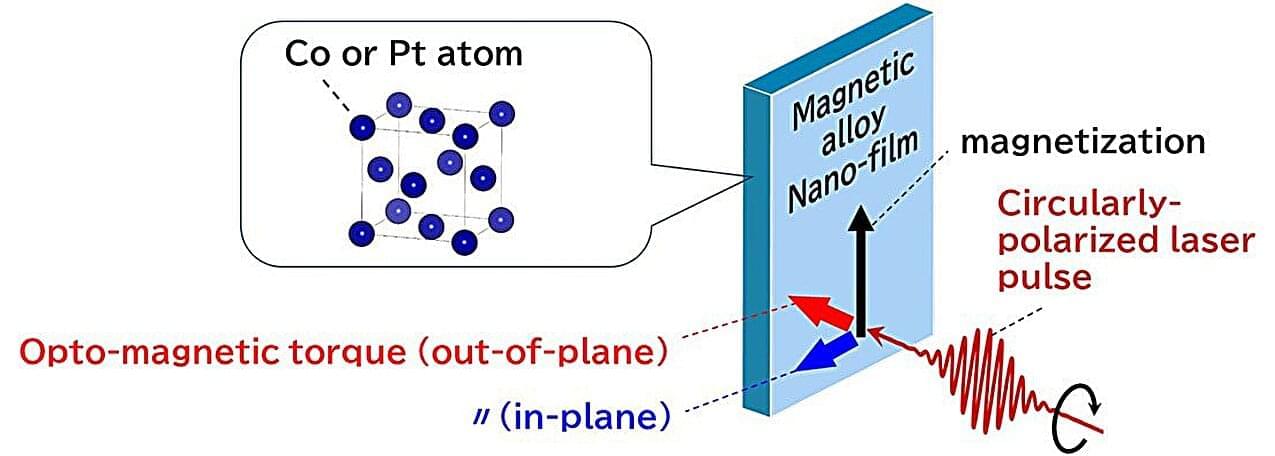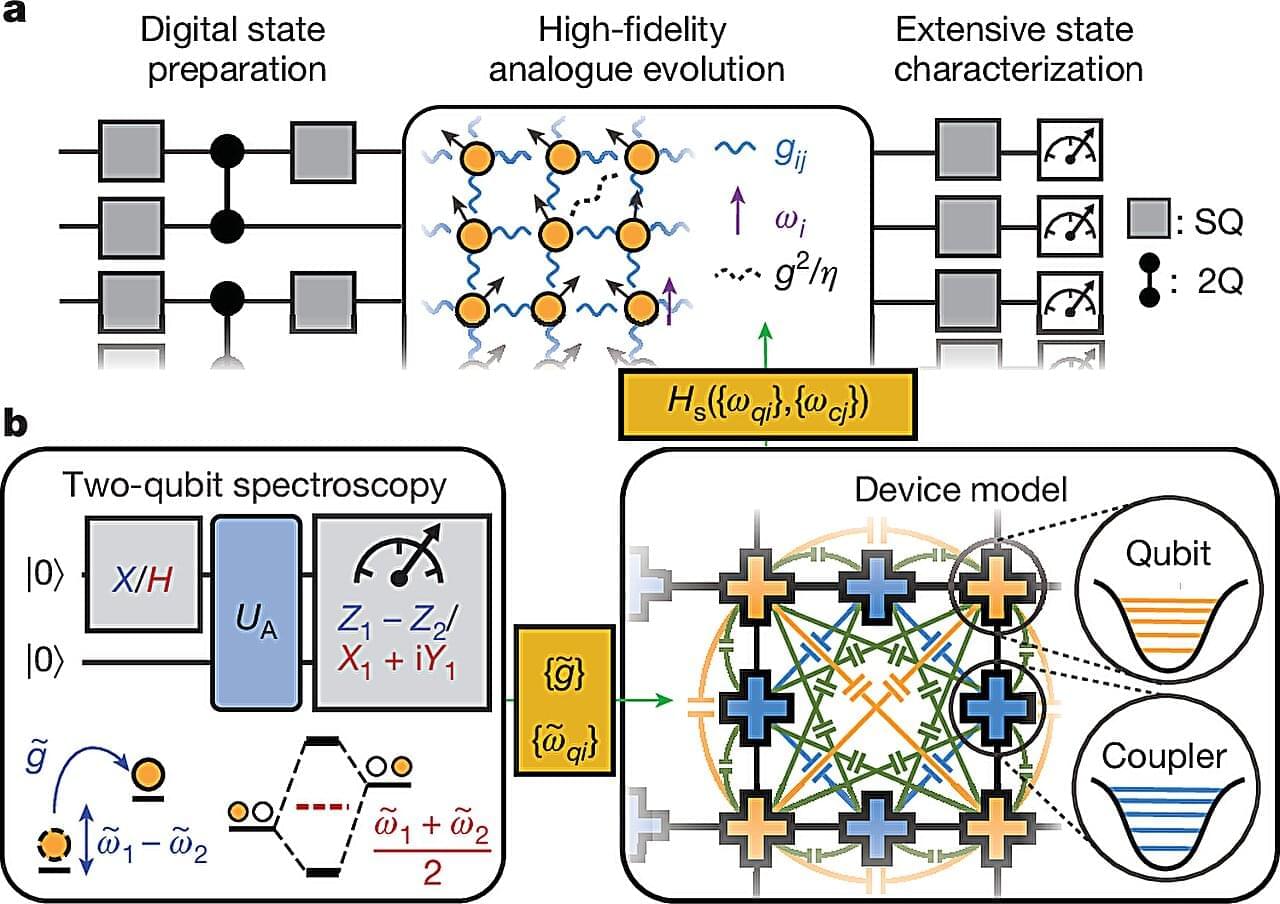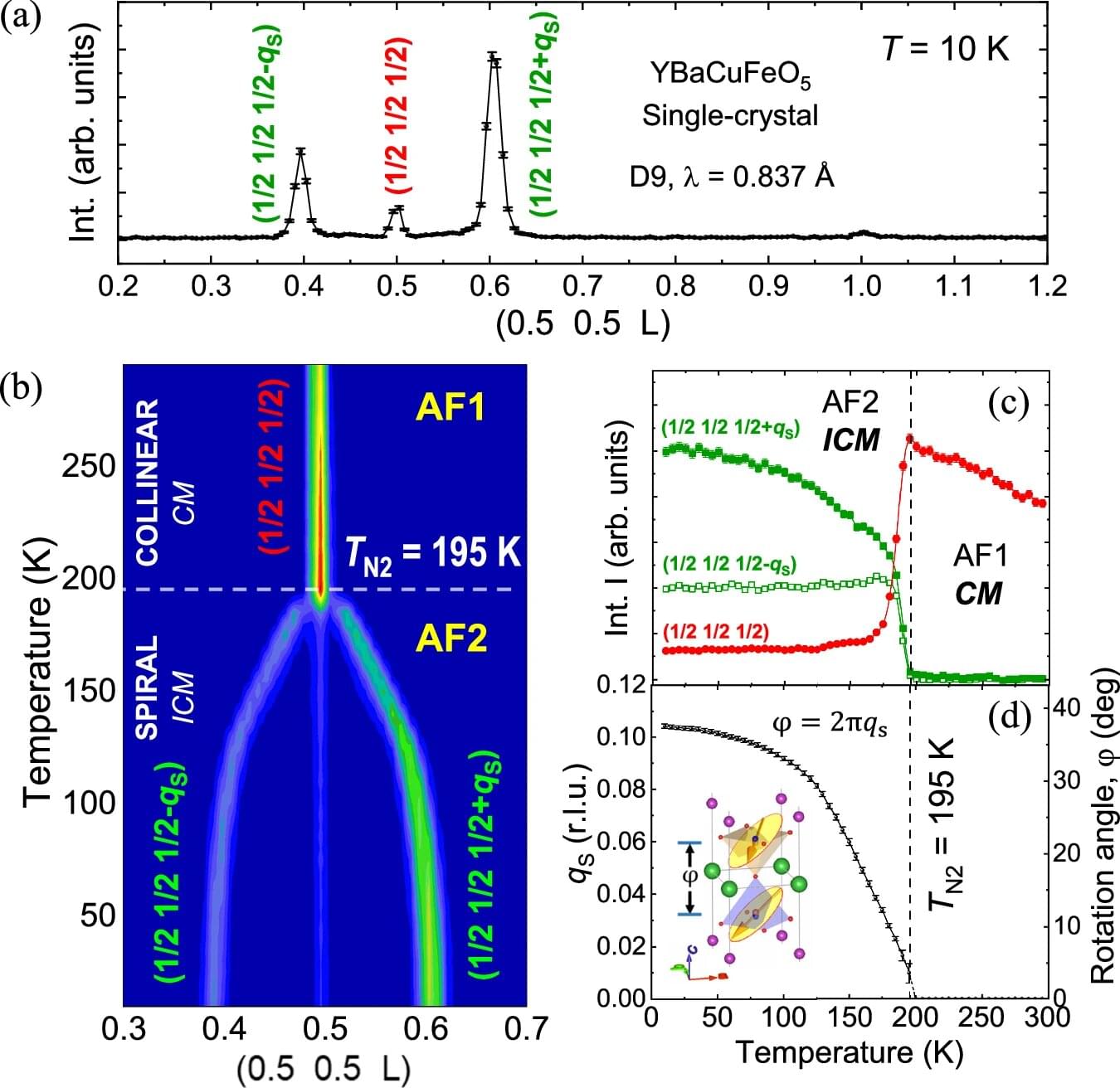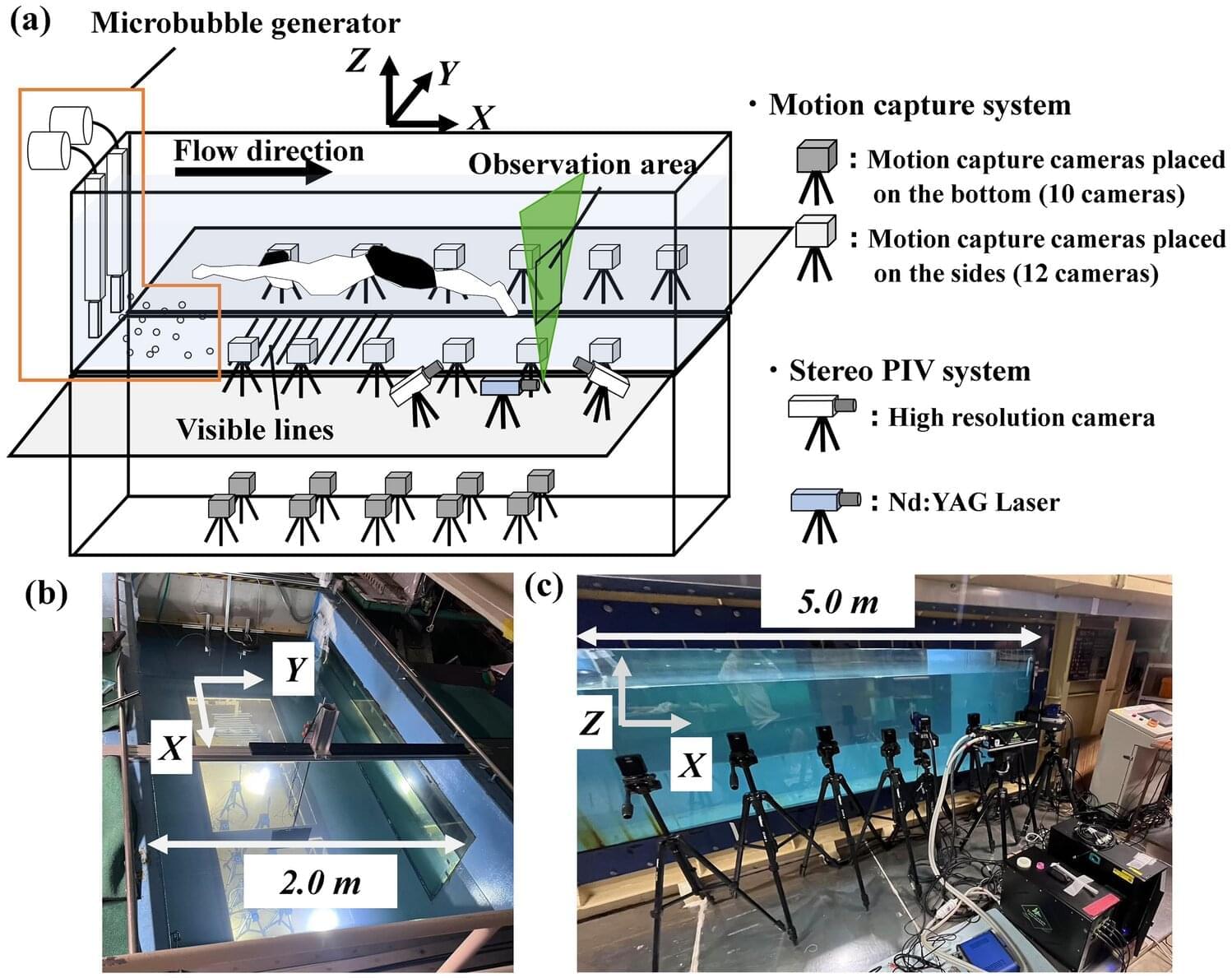Phase transitions, shifts between different states of matter, are widely explored physical phenomena. So far, these transitions have primarily been studied in three-dimensional (3D) and two-dimensional (2D) systems, yet theories suggest that they could also occur in some one-dimensional (1D) systems.
Researchers at the Duke Quantum Center and the University of Maryland recently reported the first observation of a finite-energy phase transition in a 1D chain of atoms simulated on a quantum device. Their paper, published in Nature Physics, introduces a promising approach to realizing finite-energy states in quantum simulation platforms, which opens new possibilities for the study of phase transitions in 1D systems.
The recent study is a collaborative effort that combined the work of theoretical physicists at the University of Maryland with that of experimental physicists at the Duke Quantum Center, where the quantum simulator was placed and where the experiments were carried out.
